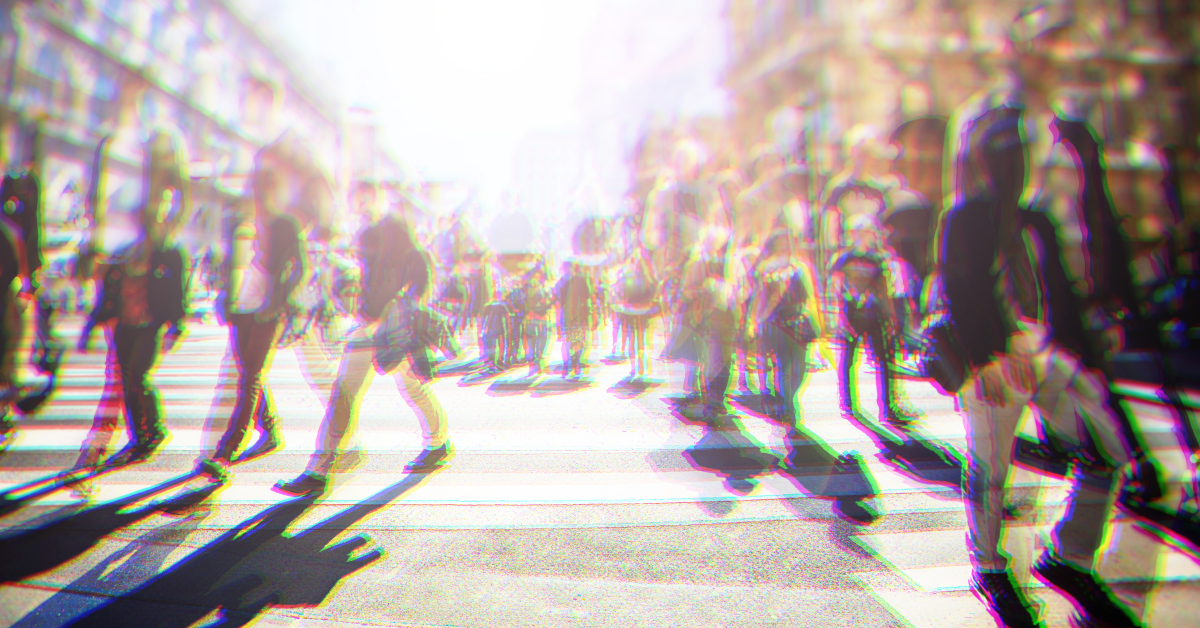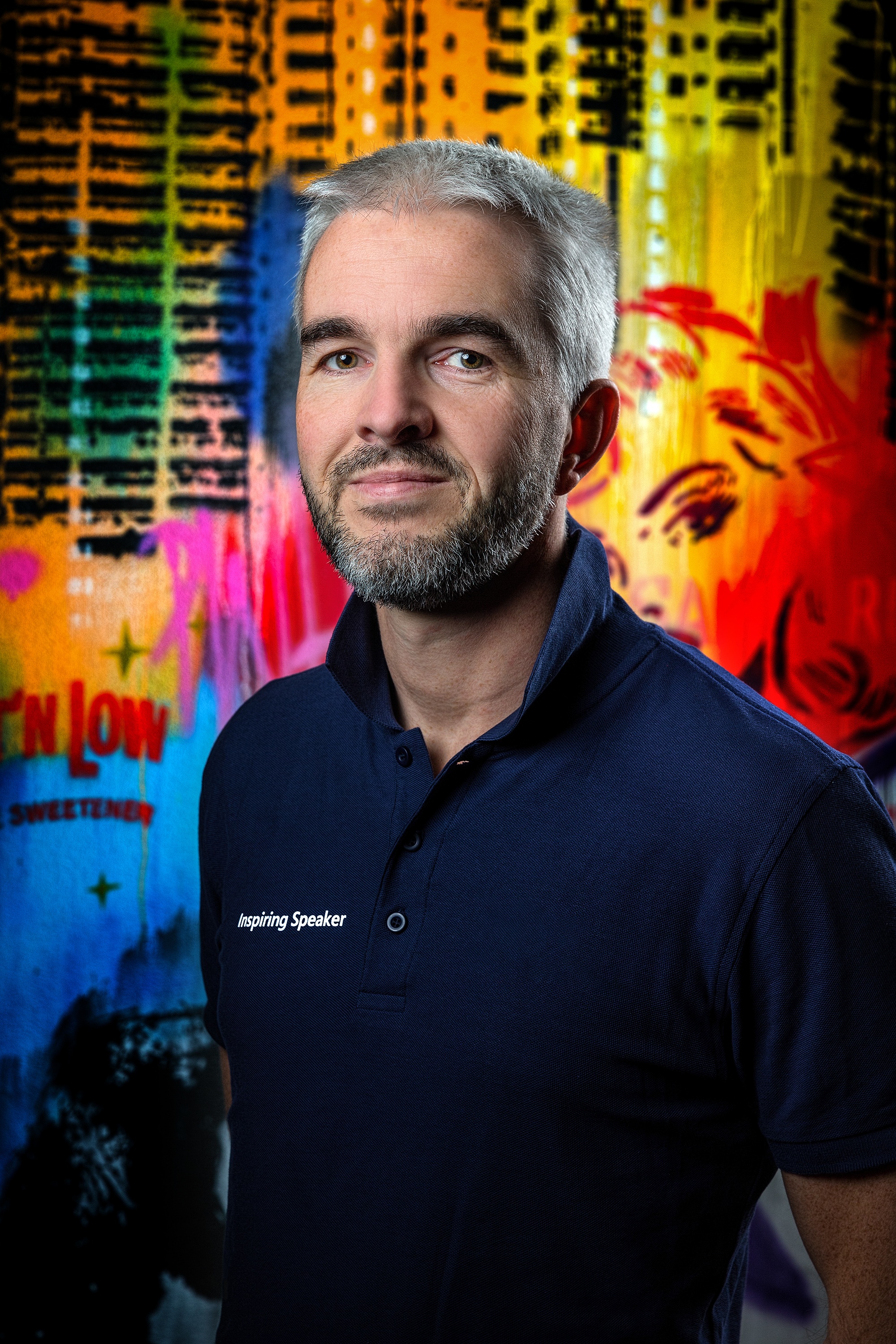When leading change in an organization, what guides and influences new behavior? What makes it stick? Judo offers a gentle way of approaching change. Based on principles like seiryoku zenyo, which means “maximum efficient use of energy,” it poses questions such as, “What if everyone did just this one thing? Would the rest fall into place?” Change doesn’t happen overnight, but by conducting mini-experiments, and adjusting along the way, great, and lasting change can occur. Here are six levers of influence from the path to the Judo black belt that could make you a better leader in business.
Personal motivation
People are curious when they arrive at the dojo. Some come from other forms of martial arts, some from a lifelong addiction to Bruce Lee movies, but they all have taken their first step. The most challenging belt is the white belt. It requires you to get out of your comfort zone, make a commitment and change your daily routine. Discipline is the cornerstone of any change. Often we adopt a new way of working, reorganize but fail to stick to it. Many changes only pay off in the long run and require a shift in attitude and behavior.
This article is published in  . Agile NXT is the magazine full of inspiration for professionals on the emerging Agile journey. Theme of #2: New Insights for Agile Performance Management.
. Agile NXT is the magazine full of inspiration for professionals on the emerging Agile journey. Theme of #2: New Insights for Agile Performance Management.
It takes personal motivation to make the behavior change real, substantial and ongoing. It’s not enough to tell someone to change, or to tell them why you want them to change—they need to want it for themselves and to commit to it.
As a leader, you should help your teammates to connect to the personal values underlying the behavior you want them to adopt. For example, create purpose-compass posters to define their connection to the values of the new culture, or have them each create a personal plan for the change.
Personal ability
Once people are motivated to do something, they must then learn how to do it. In Judo, there are two ways techniques are taught and learned: the kata (controlled technique training) and the randori (training the technique in a realistic setting). In business, people are often sent to a training seminar but then required to apply new techniques in the old environment without realistic practice.
If you want the behavior to take root, you need to train the techniques in a realistic way. I like doing in-company training because participants perform exercises as a group, which creates a small pocket of change enablers that can rely on each other in the real world.
Social motivation
At the dojo where I train, we have many high ranking practitioners, including a former world champion in jujutsu, several who competed on the European level, and some with realistic Olympic ambitions. There are also many who work with children, including some children with special needs. All in all, it is a place with many inspiring people which makes you want to be a part of it.
We all have a deeply felt desire to be accepted, respected and connected to other human beings. But it works both ways — leaders must exhibit the right behavior: a raised eyebrow, a curled lip, or a small shake of the head can wield more influence than burning
platform speeches. Start at the top, then engage everyone else.
Social ability
In his 2004 book, The Wisdom of Crowds: Why the Many Are Smarter Than the Few and How Collective Wisdom Shapes Business, Economies, Societies and Nations, James Surowiecki argues that the aggregation of information in groups often results in better decisions than if made by a single member of the group.
Engaging groups that will be impacted by your change will help gain buy-in and create collaboration. They are likely to develop more solutions than a single individual on her own.
Structural motivation
Influence behavior by focusing on the non-human factors that support what you value. For example, if you value autonomy, what decisions will you delegate? If you value mastery, then remember, failing feeds learning, so what event is in place that could help people and teams improve? What’s your purpose? In other words, emphasize the problem that your product or business solves for the customer and client.
A pension fund in New York did the latter by putting up photos of all the firemen that died in the 911 attacks. It was a way to remind their employees that their first responsibility was to create financial security for the people who protected them.
Structural ability
I’ve never run into a dojo that didn’t have mats or a karate school without punching pads. Our physical environment makes a significant impact on how easy it is to engage in and change a particular behavior. With this in mind, I converted our veranda into a mini-dojo so I could practice in the morning without heading out to a gym. The family sacrifice was that we could no longer eat outside when it rained, but the gain was that my sons could turn their daily “fight” into a practice session, my daughter could do her ballet stretches on whim, and since my wife practices jujutsu, we have a safe place to engage in marital arguments. ;-)
It’s the same in the workplace. If you want the team to work more together, then put people together. If they need to learn from each other, make sure they can. If they don’t get what the product is, make it easier for them to talk to customers. Changing “things” to achieve the behavior we want is much easier than changing people!
Focus, young Padawan, focus
With the power of these six sources of influence, you might be tempted to try to change everything simultaneously. Don't. People can't handle a lot of change at once. Stick to three high-leverage behaviors. Once they are tackled, it will start a chain reaction.
Want to know more about this topic? Download  and start your personal change tomorrow. And join us for the Future Friday, the 1 day hands-on conference to inspire you to set the next step in agile.
and start your personal change tomorrow. And join us for the Future Friday, the 1 day hands-on conference to inspire you to set the next step in agile.






